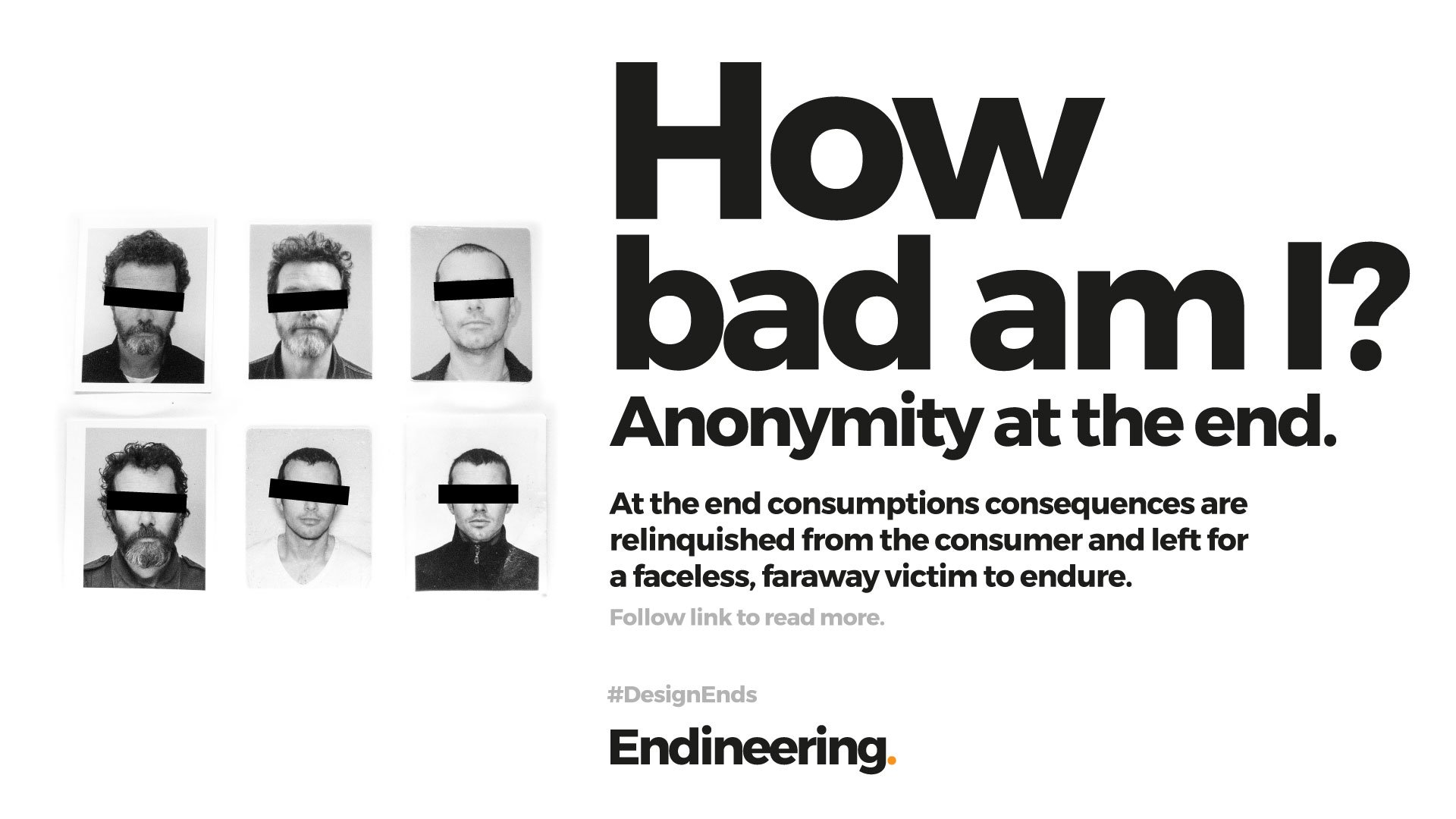

The dated design mantra and a future with less stuff.
Over these centuries we have been maturing a mantra for design and product development that essentially says “If we make this new thing, life will be better in the future.”
This is now a dated philosophy, that keeps getting resuscitated.

Brand equity ends like this.
Brands lose lots when a customer leaves. Not just the revenue of a loyal customer, but, arguably more important, the brand equity. Gargantuan effort, resources, and money at the beginning is lost at the end.
Ask any consumer, who found it a difficult to leave, what they think of that brand after departure and you will always hear their promise of ‘never again’.
At least once a week on Twitter someone call my attention to a nightmare experience they have had leaving a brand. Maybe a subscription service, or some gym, or occasionally a digital service.

Proud of your brand?
Worked a lot on those Brand attributes? Words like transparency, consistency, smooth, aspirational. You know, the ones that you come back to every few years. Get an agency to run a workshop. Then argue about the semantics of words for two days.
Brand attributes are the promises a company attempts to inspire consumers with. A sort of guideline for characteristics. Although not mentioned directly to the consumer, the brand attempts to deliver these through brand behaviour. Alluding to them in advertising, marketing and through a products design, function and interaction. At least that is what’s meant to happen.

The rabbit hole is endless scroll. There are no bunnies at the bottom, just more hole.
There is something poetically appropriate about endless scroll and its role in consumption. Where other versions of consumerism have certainly aimed for an infinite delivery of a product or services to the consumer. None have succeeded to balance the content so well with the distribution method. Endless Scroll is the High-fructose corn syrup of your social brain, served through lit screen until your battery dies or you emotionally break under the strain of FOMO.

You can’t do don’t. Endineering your EPR
Extended Producer Responsibilities (EPR) is an environmental regulation that came in to force in France and Germany in 2022 and will probably be rolled out elsewhere. It places the responsibility on producers for the entire lifecycle of the product including waste collection and recycling. 1
Pardon me while I yawn and imagine another meaningless symbol on some packaging. Imagining another invisible back door logistical solution. And imagine millions of confused consumers, who just want to do the right thing. Is EPR going to be a consumer experience? Will it be actionable by the consumer?

Sustainable product? Until purchase, or the end?
Where does your sustainable purchase end up? Who cares if you bought a sustainable product from a sustainable company? What happens after doesn’t matter.
Wrong.

Digital transformation is half done
Many companies are wrangling their businesses on to a digital footing. Some have failed and gone under. Successful ones are celebrating their new found efficiencies, smoothness of customer sign up and integrated logistics. What is common amongst all of them is the sparse attention placed on the end of the customer experience. Why is this a problem?

There is a recession coming. How will you say goodbye when people can’t stay?
The coming recession will mean a lot of people leaving. Your business might be one of the expenses that people can’t afford. How you say goodbye to these people will say a lot about your business, it’s morals, and might even influence how well you recover after the recession?

How bad am I? Anonymity at the end.
The beginning is layered in complex, data driven, celebratory reinforcement, that embeds individual consumer privilege – “Thank you for purchasing, [insertNAME] are a valued customer!”.
At the end consequences are relinquished from the consumer and left for a faceless, faraway victim to endure. This has left consumers experiencing indifference about their personal role in the worlds biggest pollution problems.

Measurement at the end.
If we can’t measure, we can’t improve.
How will consumers improve their impact without knowing how well they are doing? Measuring impact will become one of the biggest consumer experience issues of the next decade.

Numi. Take-back at end of product life
Numi occupies a key part of the consumer lifecycle that is missing in many businesses circular strategies - how you get products back at the end. I sat down with Andrea Schneller in August and discussed the story of the Numi business.

Action, action, deadend.
Casually, while brushing your teeth in the bathroom, look at the information on the products around you and what it says for different stages of the consumer journey.
On-boarding and usage stages are usually clear, inspiring and actionable for the consumer.
Off-boarding can be a baffling mess of information about material identity, corporate allegiances, indecipherable symbols and un-actionable statements.
